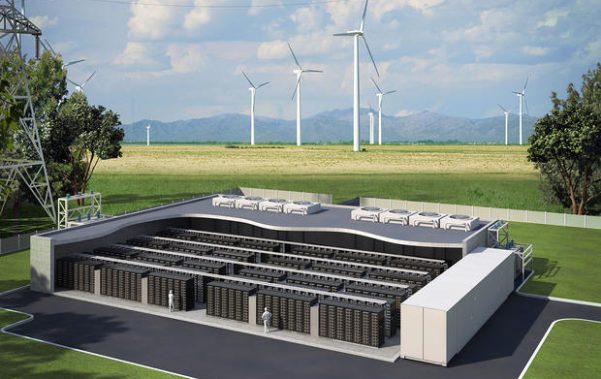Global energy storage total installed capacity will grow 15.9 percent between 2017 and 2018, says a new analysis from Frost & Sullivan.
Top six countries – China, US, South Africa, Chile, France, and Israel – will complete installation of 1,369 MW of grid-scale ESS projects in 2018.
Six predictions that will unlock growth opportunities in the global energy storage sector:
- Global ESS installed capacity will grow by 20.4 percent in 2018.
- Li-ion will remain dominant, with notable growth expected for flow batteries: While Li-ion continues to lead battery technology, flow batteries are increasingly penetrating the US and Asia-Pacific regions.
- New business models, such as the energy service company model, are emerging.
- Molten salt thermal storage market will dominate in 2018: Projects in China, Africa and South American countries will help continue this trend from 2017.
- Government incentives will drive growth: Subsidies will be vital in driving EV and residential systems, while utility-scale systems will begin to compete commercially with traditional peak power plants.
- Mergers & acquisitions trend: Energy companies are expected to continue acquiring or partnering with energy storage solution providers and unlocking new revenue streams.
“In the alternative energy storage systems market, concentrated solar projects with thermal energy storage are rapidly gaining traction due to falling photovoltaics prices and proven storage technology,” said Utham Ganesh, Energy & Environment research analyst at Frost & Sullivan. “Solar and storage technology is widely becoming the preferred mode of energy storage in the global residential market.”
“Energy storage is strongly dependent on energy policies and incentives. The current lack of clearly defined policies and inadequate financing will hinder energy storage project adoption,” noted Ganesh.
To gain a competitive advantage, Ganesh says players should focus on providing “energy storage-as-a-service” that can deliver value to businesses and mitigate financial obscurities.

